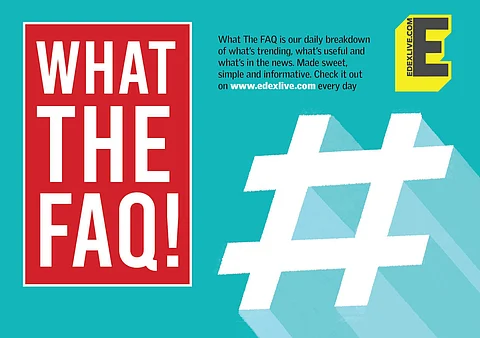What the FAQ: What is medical triage and how is it helping India's fight against COVID?
With India reeling under oxygen shortage, lack of medical facilities and thousands of deaths on top of that, the need is to have a system in place that prioritises resources based on patient evaluation and thus helps in providing care at the right time. The methodology is called triage and in this case a medical triage. Here we try to explain what it is, where it originates from and how it's helping in combatting COVID.
What is a medical triage?
Medical triage is the process of determining the priority of patients' treatments by the severity of their condition or likelihood of recovery with and without treatment. This rations patient treatment efficiently when resources are insufficient for all to be treated immediately; influencing the order and priority of emergency treatment, emergency transport, or transport destination for the patient.
What is the purpose of a triage?
The purpose of triage is to identify patients needing immediate resuscitation, to assign patients to a predesignated patient care area, thereby prioritising their care and to initiate diagnostic/therapeutic measures as appropriate.
Where did the word triage originate from?
The term triage originated from the French verb trier which means to sort. During the time of Napoleon, the French military used triage to serve as a battlefield clearing hospital for wounded soldiers. The US military's first use of triage was during the Civil War. Triage on the battlefield was a distribution centre from which injured soldiers were sorted or distributed to various hospitals.
READ ALSO: 'Indian strain' of Coronavirus spreads faster, but little evidence of it being more lethal, say experts
How does triage work?
Broadly, the strictest of triage classification divides every incoming patient, irrespective of background, into three — those who are likely to live regardless of what care they receive; those who are unlikely to live regardless of what care they receive; and those for whom immediate care might make a positive difference.
In general practice, however, patients are sorted into categories based on priority, varying depending on the circumstances. Typically, Priority 1 requires immediate attention and care, Priority 2 can be delayed, while Priority 3 requires minimal care. But many charts can have multiple layers of priority depending on the availability of resources and personnel, and the nature of the crisis.
How is India using triage for COVID-19?
Triage is already in place in a few parts of the country. COVID war rooms in Mumbai have been comparatively effectively diverting patients to appropriate care and tempering confusion by triaging. The war room staff are made up of school teachers primarily, supported by doctors and data entry operators. They gather each patient’s vitals and information required to determine if home isolation is practical. Patients are triaged based on the information received and ambulances are dispatched to move high priority patients to hospitals in respective wards. Tamil Nadu and Kerala have also been triaging their patients and have not yet borne witness to scenes of hundreds of patients’ loved ones frantically seeking oxygen online.


